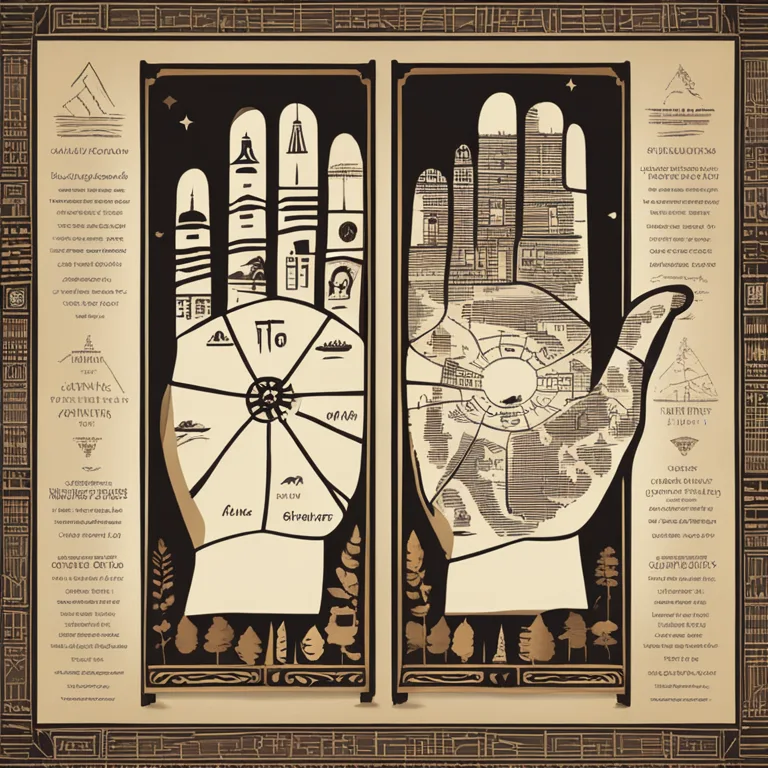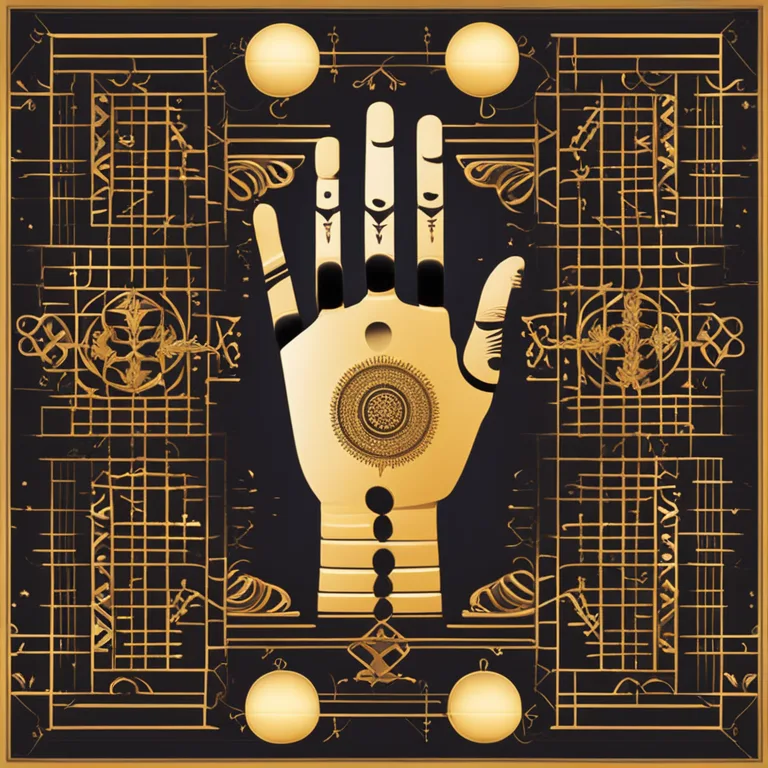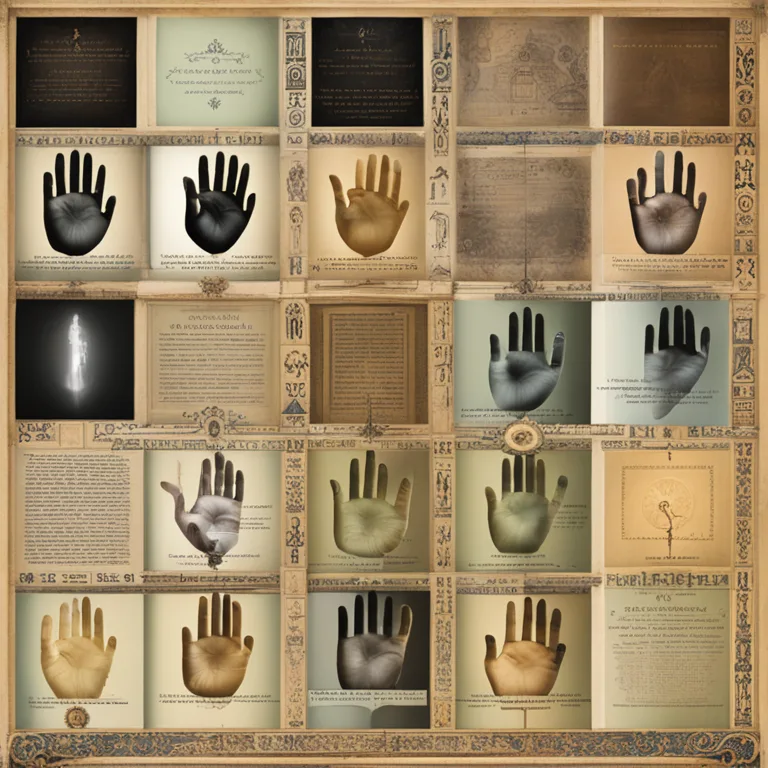
The Roots of Palmistry: A Historic Insight
Traverse the historic journey of palmistry, from its ancient origins to its current-day relevance, and understand how it has captivated humans for millennia.
article by Nora Pennington
The Dawn of Palmistry
Palmistry, or chiromancy, has long intrigued human civilization with its enigmatic promise of revealing individual fates and intrinsic character traits through the study of the palm. Steeped in antiquity, its first roots can be traced back to ancient India, where it's thought to have originated over 5,000 years ago. The practice then meandered through the cultural landscapes of China, Tibet, Persia, Egypt, and Greece, where it was cultivated and refined by various scholars and philosophers. The Vedas, ancient sacred texts of India, are one of the earliest bodies of literature to have hinted at the practices resembling palmistry.

Cultural Journeys
As palmistry's popularity soared, it became an art form that crossed borders, adapting and evolving with each culture it touched. The Chinese book 'I Ching' is evidence of its influence in East Asia, while Greek historical figures such as Aristotle and Hippocrates are recorded as having shown an interest in palm reading. Aristotle’s works reportedly included a treatise on palmistry, suggesting a conceptual bridge between the practice and his philosophies on human nature. The dissemination of palmistry was facilitated by Alexander the Great, who harbored a fascination for the subject during his conquests.

The Middle Ages and Beyond
However, the road was not always smooth. During the Middle Ages in Europe, palmistry went underground as it braved the challenges posed by the church, which condemned it as 'pagan superstition'. Nevertheless, it persevered, re-emerging during the Renaissance, a time of rebirth for art, science, and mysticism. By the 19th century, palmistry began to see a secular revival when Captain Casimir Stanislas D'Arpentigny published 'La Chirognomie' in 1839, and later, when figures like William G. Benham brought it to modern audiences with his detailed work 'The Laws of Scientific Hand Reading' in 1900.

Contemporary Palmspeak
In the 20th and 21st centuries, palmistry continued to intrigue, splitting into various schools of thought. While some practitioners incorporate astrological principles, others approach it through a psychological lens, emphasizing personality analysis over fortunetelling. Modern palm readers often utilize technological advances by applying algorithms and software to analyze handprints, offering a blend of ancient practice and contemporary understanding.

Scientific Scrutiny and Cultural Stay
Despite skepticism and scrutiny from the scientific community, palmistry remains a cultural staple in both Eastern and Western societies. In an age where psychological insight is valued, palmistry offers a unique perspective on self-awareness, echoing the human yearning for introspection and personal growth. The allure of palmistry today may also reflect a broader trend towards integrating alternative wisdom with modern lifestyle, where spirituality and self-help converge.
The Horizons of Palmistry
As we move beyond 2024, palmistry's narrative continues to evolve. The increasing interest in esoteric traditions and psychological well-being suggests that palmistry, with its capacity to blend ancient lore with modern existential queries, will likely continue to find resonance. It poses as a bridge, connecting the curiosity from our past to the exploratory nature of our future, promising to be an enduring feature in the mosaic of human culture.
Published: 1/3/2024
Modified: 1/3/2024
More predictions
Come back here soon to learn more about yourself and your future


The Precision of Palmistry: Myth or Reality?
Investigating the accuracy of palmistry, this article scrutinizes its historical context and modern application to understand its potential as a tool for personal insight.


The Essentials of Palmistry: A Guide for Newcomers
Embark on a journey through the basics of palmistry and learn the fundamentals of reading hands for personal insights.


The Mysteries of Palmistry
Delve into the ancient art of palmistry to uncover the secrets held within the lines and features of your hands.